
Copernical Team
The Latest: Dallas students elated by eclipse
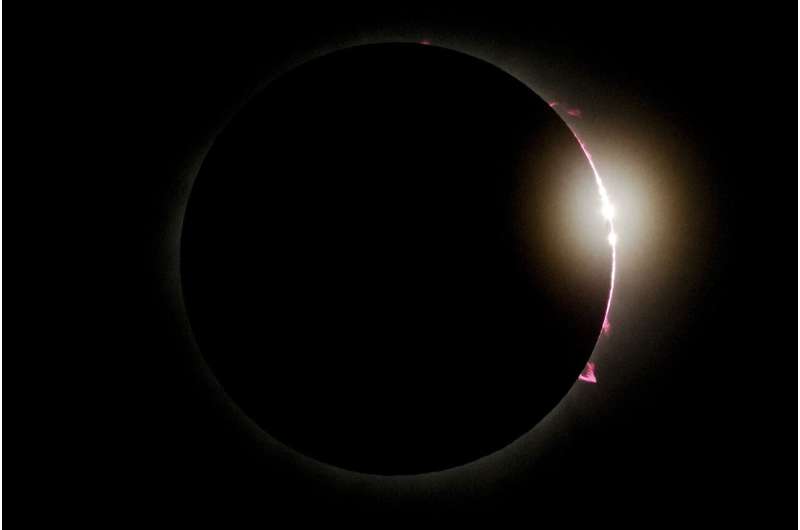
A total solar eclipse has begun. Totality will last up to 4 minutes, 28 seconds in certain spots.
The eclipse is crossing North America, darkening skies along a path through Mexico, the United States and Canada.
Here's the latest:
DALLAS STUDENTS ELATED BY ECLIPSE
DALLAS—Emergency lights clicked on outside D.A. Hulcy Middle School as the last sliver of the sun disappeared. Students cheered and whooped, sitting on towels and picnic blankets in an adjacent parking lot.
"I'm a new person," eighth grader Nia Modkins said.
Students and teachers took off their eclipse glasses and pointed at the sky, taking pictures and videos. Once three minutes elapsed, their teachers told them to put their eclipse glasses back on as the sun prepared for its return act.
Nukes in space: A bad idea in the 1960s, an even worse one now
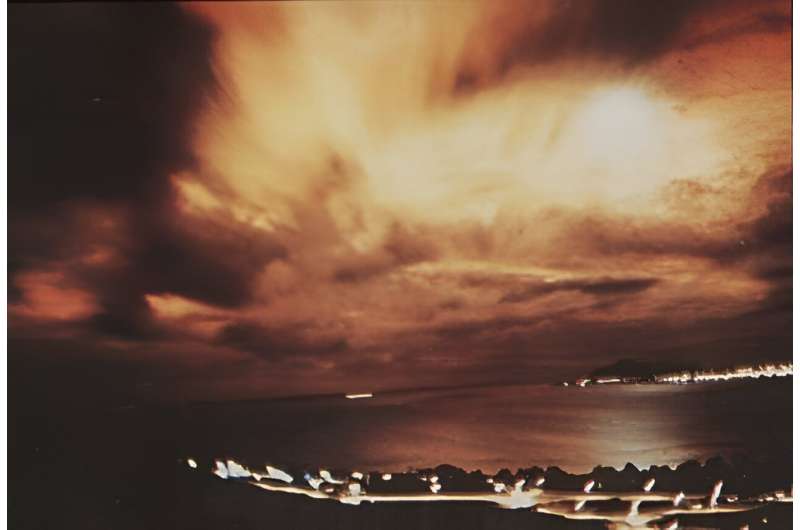
The US and Japan are sponsoring a resolution for debate by the United Nations security council which—if passed—will reaffirm international commitments to the 1967 outer space treaty (OST) forbidding the deployment and use of nuclear weapons in space.
The call, headed by US ambassador Linda Thomas-Greenfield and Japan's foreign minister Yoko Kamikawa, follows troubling reports that Russia could be developing a nuclear capable anti-satellite weapon. As an expert on space and nuclear weapons, I find these reports concerning but not surprising because nuclear anti-satellite weapons have been proposed since the cold war in the 1960s.
So far, little is known about this weapon. The White House has said it is not operational and does not pose an immediate threat. Russian president Vladmir Putin, meanwhile, stated that Moscow had no intention to pursue a weapon that puts Russia in contravention of their commitment to the OST.
A total solar eclipse races across North America as clouds part along totality
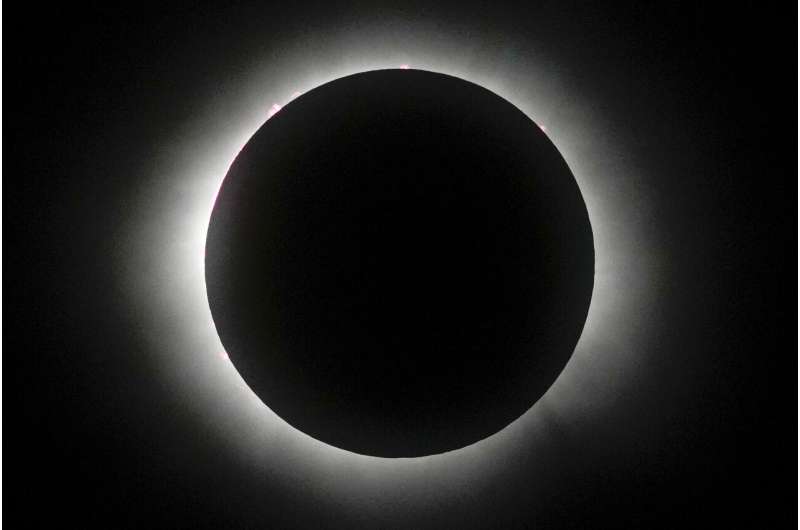
A chilly, midday darkness fell across North America on Monday as a total solar eclipse raced across the continent, thrilling those lucky enough to behold the spectacle through clear skies.
Eclipse mania gripped all of Mexico, the U.S. and Canada, as the moon swept in front of the sun, blotting out daylight. Almost everyone in North America was guaranteed at least a partial eclipse, weather permitting.
It was the continent's biggest eclipse audience ever, with a couple hundred million people living in or near the shadow's path, plus scores of out-of-towners flocking in.
Clouds blanketed most of Texas as the total solar eclipse began its diagonal dash across land, starting along Mexico's mostly clear Pacific coast and aiming for Texas and 14 other U.S.
SpaceX knocks out early morning Starlink launch from Cape Canaveral
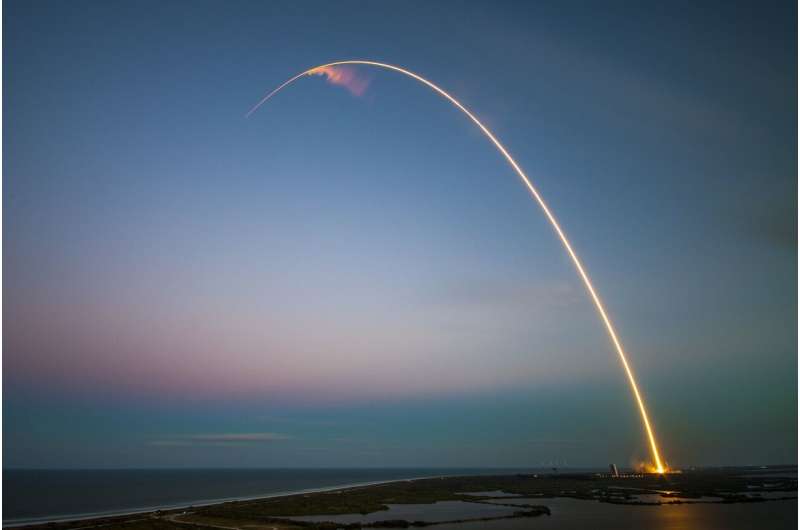
The Space Coast saw its 23rd launch of the year early April 5 with a SpaceX launch from Cape Canaveral Space Force Station.
The Falcon 9 rocket carrying 23 more of the company's Starlink internet satellites lifted off from Canaveral's Space Launch Complex 40 at 5:12 a.m.
The first-stage booster made its 14th flight and stuck another recovery landing downrange in the Atlantic on the droneship A Shortfall of Gravitas.
It was the 275th time SpaceX has recovered a Falcon 9 booster, part of the company's efforts to reduce costs through reusability.
SpaceX has flown all but one of the launches from the Space Coast this year, with United Launch Alliance responsible for the other, a Vulcan Centaur launch in January.
ULA has its second flight lined up, though, with the last launch ever of a Delta IV Heavy set for next Tuesday from Canaveral's Space Launch Complex 37 on a mission for the National Reconnaissance Office. That comes after a delay because of issues with a gaseous nitrogen line to the launch pad that thwarted a launch attempt last week.
Solar eclipses – and how to make them
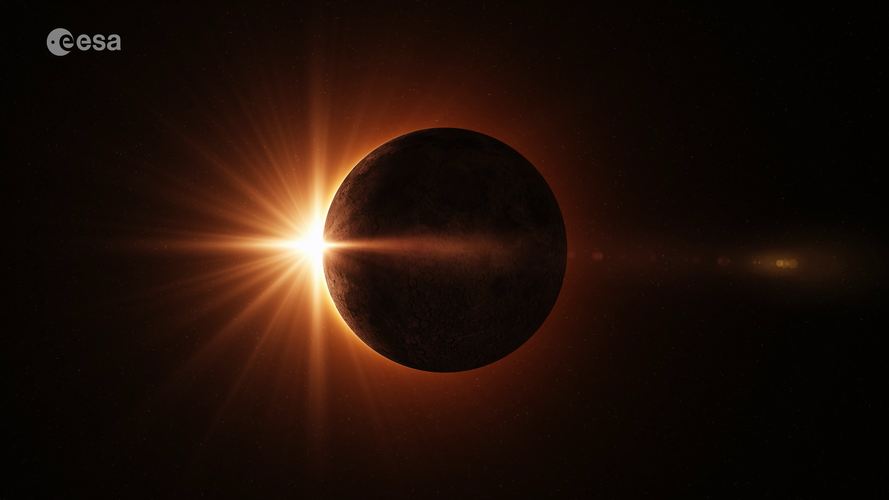 Video:
00:03:39
Video:
00:03:39
During a solar eclipse the Earth is plunged into darkness and the Sun’s ghostly atmosphere becomes visible. Scientists travel the globe to experience total solar eclipses, which occur for just a few minutes at a time every 18 months or so. But what exactly causes solar eclipses, and how do scientists try to make their own, including with ESA’s new Proba-3 mission?
Weather is the hot topic as eclipse spectators stake out their spots in US, Mexico and Canada

Eclipse spectators staked out their spots across three countries Sunday, fervently hoping for clear skies despite forecasts calling for clouds along most of the sun-vanishing route.
Huge crowds await a total solar eclipse in North America. Clouds may spoil the view
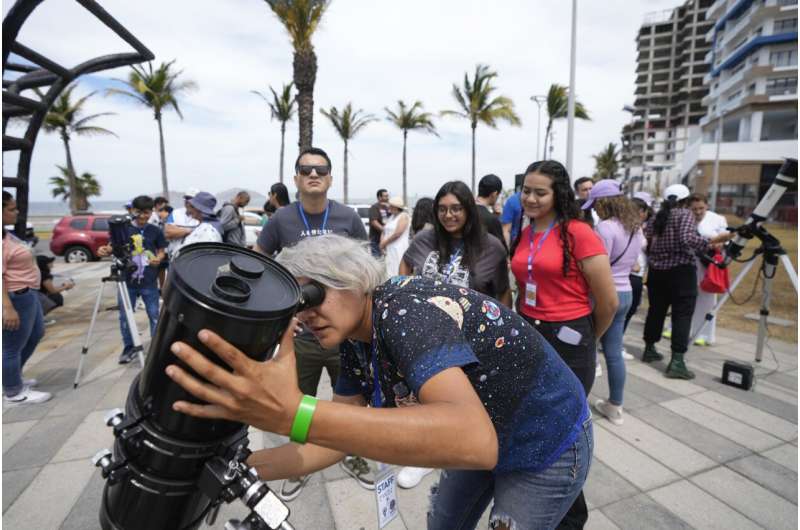
Millions of spectators along a narrow corridor stretching from Mexico to the U.S. to Canada eagerly awaited Monday's celestial sensation—a total eclipse of the sun—even as forecasters called for clouds.
The best weather was expected at the tail end of the eclipse in Vermont and Maine, as well as New Brunswick and Newfoundland.
It promised to be North America's biggest eclipse crowd ever, thanks to the densely populated path and the lure of more than four minutes of midday darkness in Texas and other choice spots. Almost everyone in North America was guaranteed at least a partial eclipse, weather permitting.
"Cloud cover is one of the trickier things to forecast," National Weather Service meteorologist Alexa Maines explained at Cleveland's Great Lakes Science Center on Sunday.
S. Korea says second spy satellite placed in orbit
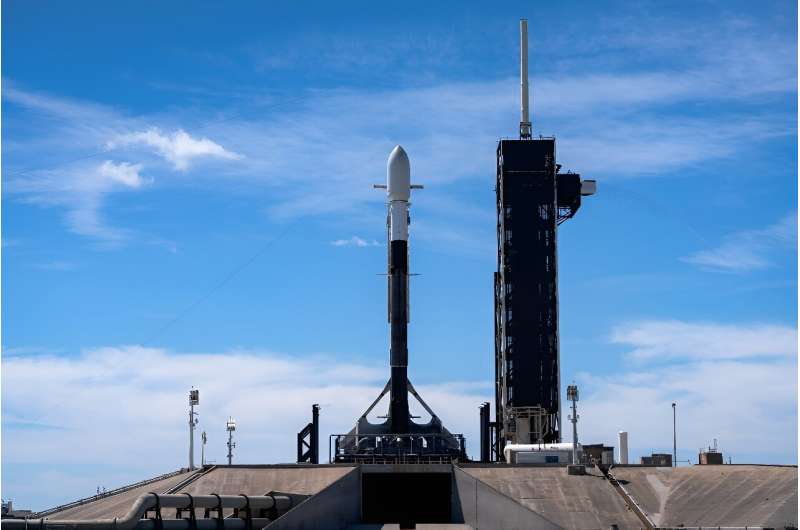
South Korea put its second domestically made spy satellite into orbit, Seoul's defense ministry said Monday, after it launched from an American space center on a SpaceX Falcon 9 rocket.
The satellite successfully communicated with an overseas ground station shortly afterwards, the ministry said.
"Our military's second reconnaissance satellite successfully separated from the launch vehicle at around 09:02 (1202 GMT) and entered the target orbit," the defense ministry said in a statement.
The satellite "successfully established contact with an overseas ground station at approximately 10:57 (0157 GMT)", it added.
Seoul's military said its "independent intelligence, surveillance and reconnaissance capabilities have been further strengthened," by the successful launch.
"We will proceed with future satellite launches without a hitch," it added.
Seoul launched its first military spy satellite in December, which was also carried by one of Elon Musk's SpaceX Falcon 9 rockets.
Centauri-6 Satellite Enhances Global Mineral Surveys on SpaceX's Latest Launch
 Fleet Space Technologies has successfully launched the Centauri-6 satellite as part of SpaceX's Bandwagon-1 mission, using a Falcon 9 rocket from Launch Complex 39A at the Kennedy Space Center. The satellite joins Fleet Space's constellation, enhancing its ExoSphere mineral exploration solution and expanding its advanced SATCOM capabilities utilizing microsatellite technology.
Centauri-6 r
Fleet Space Technologies has successfully launched the Centauri-6 satellite as part of SpaceX's Bandwagon-1 mission, using a Falcon 9 rocket from Launch Complex 39A at the Kennedy Space Center. The satellite joins Fleet Space's constellation, enhancing its ExoSphere mineral exploration solution and expanding its advanced SATCOM capabilities utilizing microsatellite technology.
Centauri-6 r Totality insanity: Eclipse frenzy hits North America
 Eclipse mania is sweeping across North America as a breathtaking celestial event on Monday promises a rare blend of commerce, science - and celebration.
The Moon's shadow will land on Mexico's Pacific coast at 2:07 pm ET (1807 GMT), then speed northeast across a 15-state swath of the United States and on to Canada, exiting the continent over Newfoundland just under an hour and a half later.
Eclipse mania is sweeping across North America as a breathtaking celestial event on Monday promises a rare blend of commerce, science - and celebration.
The Moon's shadow will land on Mexico's Pacific coast at 2:07 pm ET (1807 GMT), then speed northeast across a 15-state swath of the United States and on to Canada, exiting the continent over Newfoundland just under an hour and a half later. 